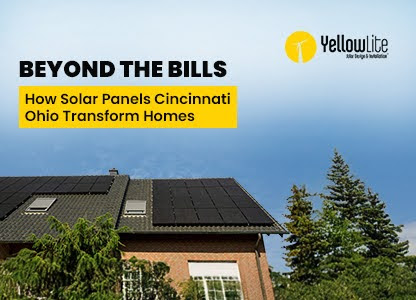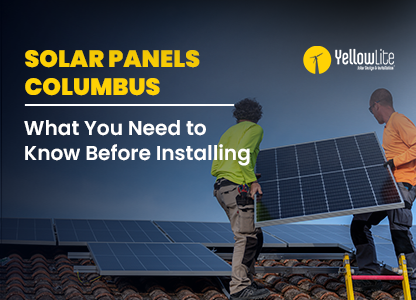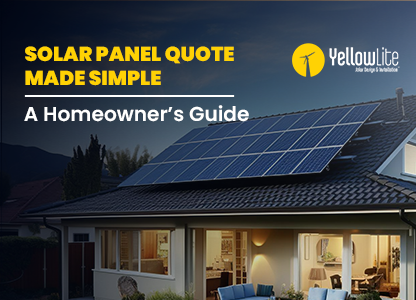Electric ovens are an essential part of modern kitchens, making everyday cooking and baking convenient. However, they are also one of the most power-hungry appliances in a home. Understanding electric oven power usage can help homeowners manage energy costs more effectively and explore sustainable alternatives like solar power.
In this guide, we’ll break down electric oven usage, key factors affecting energy consumption, and whether solar power can offset these costs.
How Much Energy Does an Electric Oven Use?
Electric ovens operate based on wattage, which determines their power consumption. A watt (W) is a unit of electrical power that measures how much energy an appliance consumes per second. The higher the wattage, the more electricity an oven uses.
Most residential electric oven usage ranges between 2,000 to 5,000 watts, depending on their size, design, and features. Larger ovens and those with additional cooking functions often consume more power.
Where to Find Your Oven’s Wattage
You can typically find your oven’s wattage in these places:
- Inside the oven door
- On the serial number plate located on the back of the unit
- In the owner’s manual
Once you know your oven’s wattage, you can calculate its electric oven power usage to better manage electricity costs.
Factors That Impact Electric Oven Power Usage
Several factors influence how much energy your electric oven usage requires:
- Oven Size & Capacity – Larger ovens consume more electricity since they have more space to heat. However, energy-efficient models may offset this difference.
- Oven Age & Condition – Older ovens tend to be less efficient, requiring more power to maintain temperatures.
- Usage Frequency – The more frequently you use your oven, the higher your monthly electric oven power usage.
- Cooking Temperature & Duration – Higher temperatures and longer cooking times lead to increased electric oven usage.
- Cooking Type – Some foods require more energy to cook, depending on the temperature and duration needed.
By understanding these factors, you can optimize your electric oven power usage and explore energy-efficient solutions.
How to Calculate Your Oven Power Usage
Once you have your oven’s wattage, follow these steps to estimate your electric oven usage:
Step 1: Determine Monthly Usage
Track how many hours per month you use your oven.
Step 2: Calculate Energy Consumption
Use this formula:
Oven wattage × hours used per month = total watt-hours (Wh) consumed
Convert this to kilowatt-hours (kWh) by dividing by 1,000.
Example Calculation: If your oven is 4,000W and you use it for 10 hours per month:
4,000W × 10 hours = 40,000 Wh
40,000 Wh ÷ 1,000 = 40 kWh per month
Step 3: Estimate Cost
Multiply your total kWh by your electricity rate (cost per kWh) to see how much your electric oven power usage contributes to your monthly bill.
By monitoring electric oven usage, you can adjust your cooking habits to save on electricity costs.
Curious about how much total solar energy you need? Use YellowLite’s Energy Storage Calculator to estimate your power requirements and maximize savings!
Can Solar Power an Electric Oven?
If you’re looking to reduce energy costs, solar energy offers a sustainable solution. Let’s determine how many solar panels you would need to power an electric oven.
Step 1: Find Your Oven’s Energy Needs
From our previous example, an electric oven may consume 40 kWh per month.
Step 2: Estimate Solar Panel Output
A typical residential solar panel generates around 40 kWh per month, assuming moderate sunlight conditions.
Step 3: Determine the Number of Panels Needed
To fully power an electric oven, you would need one 400-watt solar panel.
While installing a single panel just for an oven may not be practical, integrating solar energy into your home can offset electric oven power usage and incredibly lower your overall energy costs.
Benefits of Using Solar to Offset Electric Oven Power Usage

Switching to solar energy offers numerous advantages:
- Lower Energy Bills – Offset electric oven consumption and reduce overall electricity costs.
- Energy Independence – Reduce reliance on the grid and protect against rising utility rates.
- Sustainability – Use clean energy to power your home and reduce your carbon footprint.
- Long-Term Savings – With tax credits and incentives, solar panel systems pay for themselves over time.
By incorporating solar power into your home, you can enjoy significant energy savings while making an eco-friendly choice.
Conclusion
Understanding your electric oven power usage is the first step in optimizing energy consumption. By transitioning to solar energy, you can enjoy cost savings and sustainability benefits. Contact YellowLite today to learn more about how solar panels can power your home efficiently.
FAQs
1. How much does it cost to run an electric oven per hour?
The cost depends on your oven’s wattage and your electricity rate. If your oven is 4,000W and your electricity rate is $0.12 per kWh, running it for one hour costs $0.48 (4 kWh × $0.12).
2. Are electric ovens energy-efficient?
Many modern electric ovens are designed to be energy-efficient, but they still consume a significant amount of electricity. Convection ovens are more efficient than traditional models.
3. Can I run my electric oven entirely on solar power?
Yes, if your solar panel system produces enough energy to meet your electric oven usage. However, it’s best to integrate solar energy with your entire home’s energy needs for maximum benefits.
4. How can I reduce my oven’s power consumption?
Use energy-efficient cooking methods, avoid preheating when unnecessary, cook multiple dishes at once, and regularly maintain your oven for optimal efficiency.
5. How do I start switching to solar power?
Contact YellowLite for a free solar consultation. Our team will assess your electric oven power usage and design a solar energy solution that fits your home and budget.




